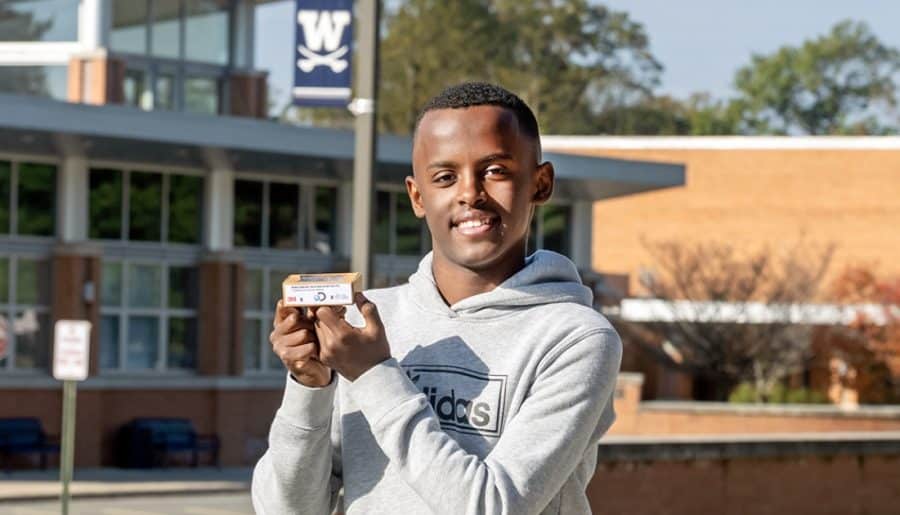Did you know that one of the most common types of cancer happens on our skin? Melanoma is the most serious form of skin cancer. It occurs on our pigment producing skin cells. Getting too much unprotected sun exposure is a major cause of it.
Scientists have spent decades in search of a cure for cancer. Let me tell you about a young boy who has invented a potential skin cancer-treating soap.
Would you believe that he was just looking for a fun science experiment at first?
Amazing and inspiring, right?
Meet Heman Bekele, a 14-year-old high school student in Fairfax, Virginia. He has created a new kind of soap that he hopes could someday treat skin cancer.
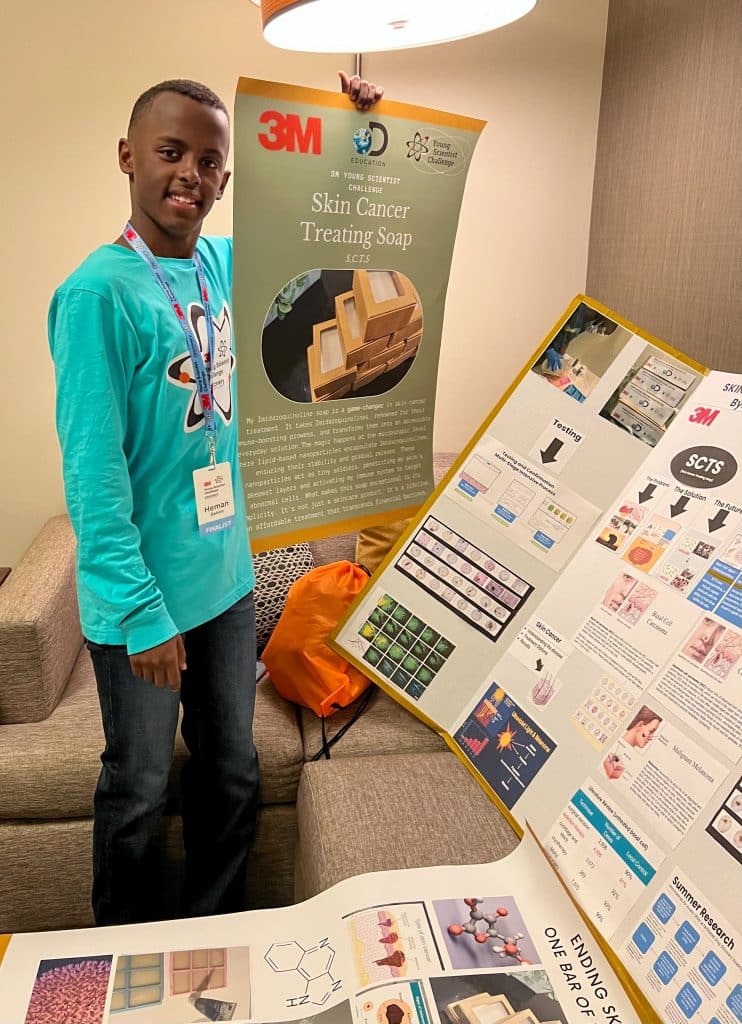
Heman calls his invention the skin cancer-treating soap, or SCTS. This soap contains a mixture of chemicals that fight cancer.
One of the main ingredients is Imidazoquinoline, which is commonly used in antifungal and acne treatments. However, it has recently been studied for its potential in treating skin cancer.
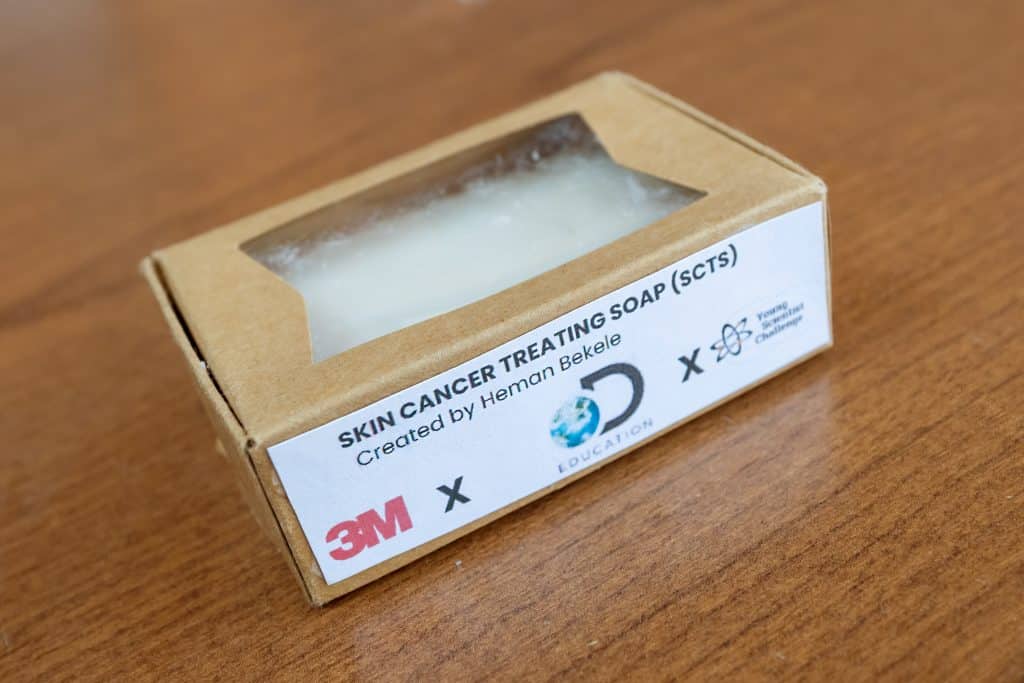
In his research on skin cancer, Bekele focused on a special type of cell (dendritic) that help the immune system attack cancer cells.
He experimented with different ingredients, such as salicylic acid (aspirin), glycolic acid, and tretinoin, to develop a soap. These components potentially treat skin cancer by stimulating dendritic cells and replenishing the skin. Thus, the soap helps guard the skin and fight cancer.
However, Bekele encountered one of the biggest challenges when he tried to prevent the soap from flaking. He overcame this challenge by combining 3M Cavilon moisturizer, coconut oil, and organic shea butter to ensure the soap stayed intact.
Heman was inspired to create a soap to treat skin cancer when he remembered living in Ethiopia at age four. There, he observed people working long hours outside under the glaring sun.
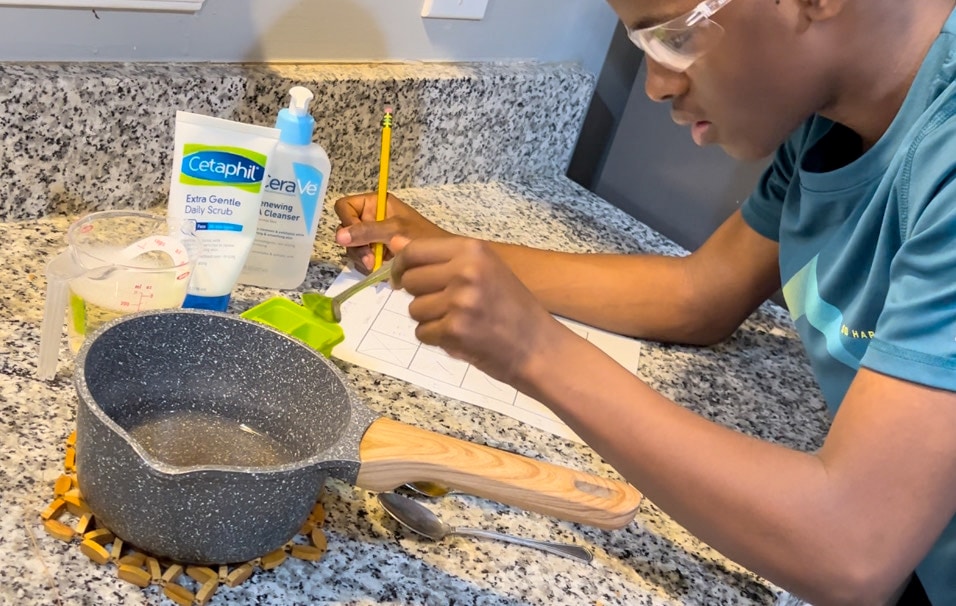
He wondered how many of those workers were aware of the risks of sun exposure and how constant exposure to ultraviolet rays from the sun affected the people of his homeland.
His memories of people working under the sun fueled his decision to focus his research on skin cancer. He was inspired to create something that could help as many people as possible to be saved from melanoma. Globally, there are about 325,000 melanoma cases and 57,0000 deaths each year.
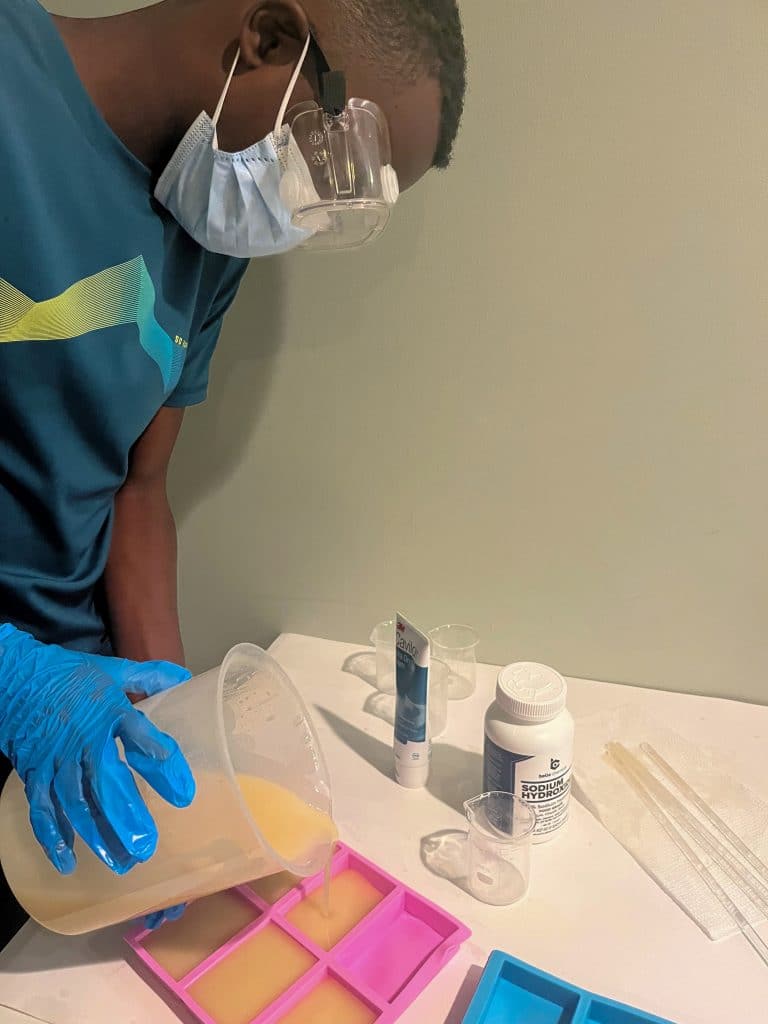
“Skin cancer is mostly found in people who live within developing countries,” Bekele said. “But the average price for an operation is $40,000.”
“This isn’t even an issue that’s strictly in Ethiopia. It’s an issue that’s worldwide,” Heman added. “So, then, when they do end up developing issues like skin cancers, it’s really just incredibly difficult for them to be able to afford the cures.”
After developing the soap, Bekele participated in the Discovery Education 3M Young Scientist Challenge held in St. Paul, Minnesota, to compete. It’s considered one of the top science competitions for middle school students in the country.
The competition encourages students in grades five through eight to develop innovative ideas that will change the world.
Heman pitched his idea for his SCTS that could help fight skin cancer and said it costs only $8.50 to create a batch of 20 bars of the soap.
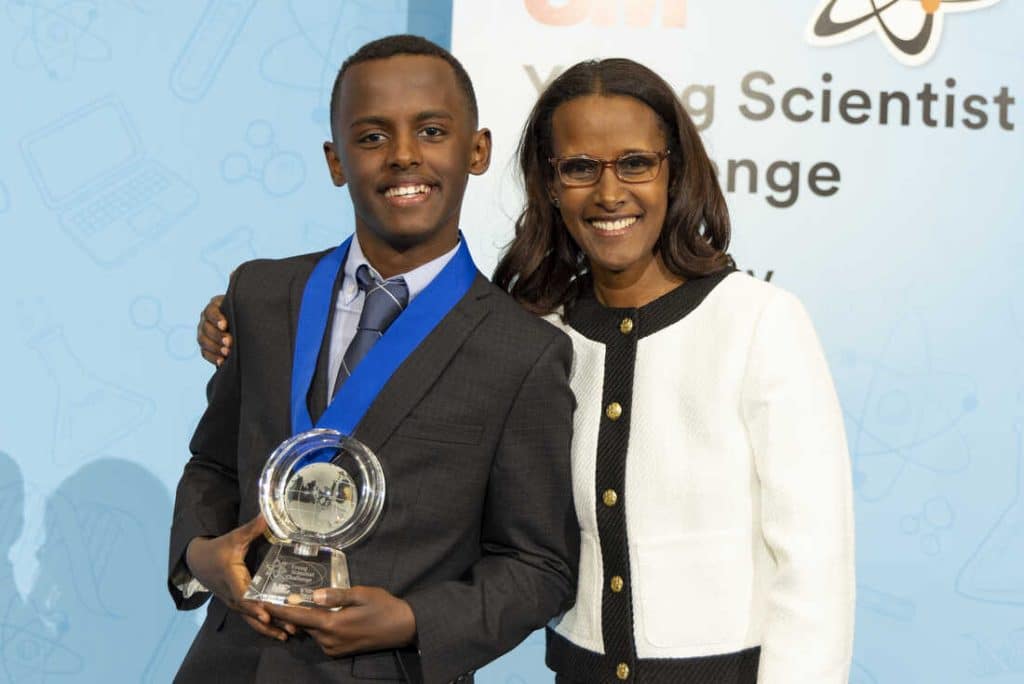
After competing with nine other finalists for four months, Heman was crowned “America’s Top Young Scientist” and received the grand prize of $25,000!
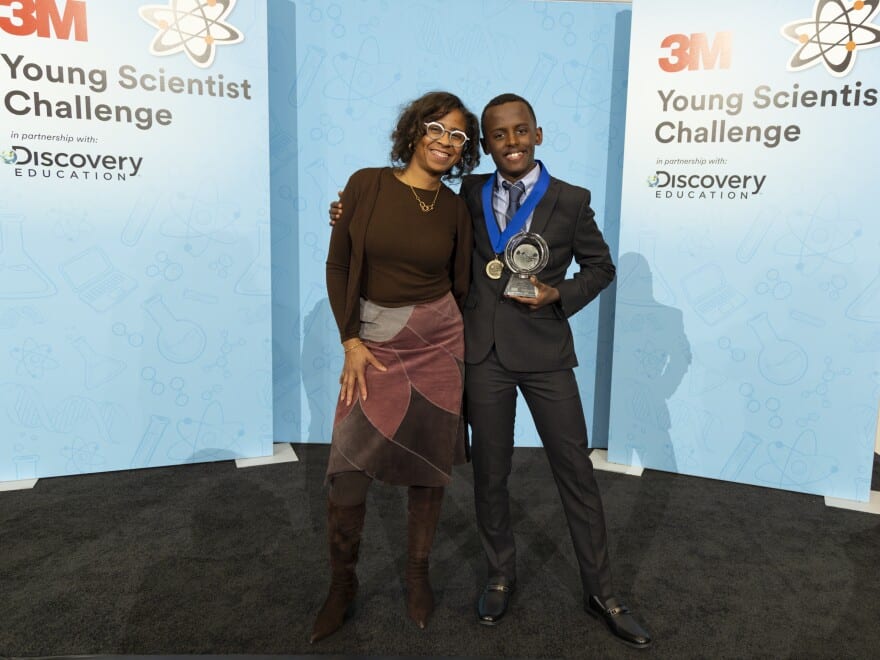
Apart from Heman, the other finalists included Shripriya Kalbhavi, a ninth-grader from San Jose, California, who won second place for creating a cost-effective patch for automated medication delivery without pills or needles.
Sarah Wang, a seventh-grader from Andover, Massachusetts, secured the third place for creating a glove that can detect certain epileptic seizures through hand movements. Shripriya and Sarah received $2,000 each.
The students who placed fourth through 10th received a $1,000 prize and a $500 gift card. The other recognized students came from Oregon, New York, Texas, and Florida, among other places.
Although Heman relied only on digital molecular testing to test different ingredients (in a computer model) and see what they do, he got high numbers regarding their efficiency. However, he hasn’t yet done actual human testing.
At present, Heman revealed that he has a five-year dream. He hopes to acquire FDA certification to conduct human testing and ensure the soap actually works.
By 2028, he aims to launch a nonprofit organization to distribute his soap in low-income communities. It will provide equitable and accessible skin cancer treatment to as many people as possible.
With so many dedicated individuals working towards a common goal, there is hope that we will one day make a difference in the fight against cancer.
